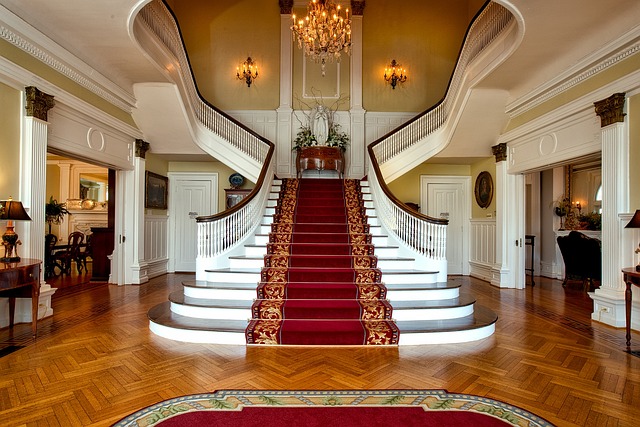Landscape design brings together the essential features of art and science in order to create a working, aesthetically intimate extension of your indoor space to the outdoors. This is a part of landscape beauty and allows space as well as design to show creativity. Totally a man made task, the approach of landscape design is to mix technology with nature. And in order to become a landscape designer, someone must have a working experience of art elements as well as design principles.
Though an architectural part, Landscaping design has a very special aesthetic worth. Elements of art comprise but not limited to line, form, color, texture as well as scale. These features are not independent of each other; however their single natures must be dealt with care before taking into consideration the interactions.Landscaping is a multi-disciplinary task, including in its fold science, engineering, mathematics, art, technology, politics, social sciences, history, and philosophy. Line, form, Color, texture and scale are tools used in combinations in order to adjust and design the landscape. Design values include balance, transition, unity, focalization, proportion, repetition, rhythm, and simplicity. All these values interact in order to yield the dream landscape design.
THE LANDSCAPING DESIGNERS BASICALLY WORK ON:
- The type, scale as well as citing of some new developments
- Greenways, public parks, golf courses, sports facilities and theme parks
- Housing spaces, industrial parks as well as commercial developments
- Town and city squares, urban design, and pedestrian schemes
- Small and big urban regeneration plans
- Forest, historic or tourist landscapes, as well as historic garden appraisal and conservation studies
- Landscape assessment, Environmental assessment and planning advice as well as land management proposals.
- Offshore and Coastal developments
THE MAIN STEPS IN LANDSCAPING ARE:
- Create a plot plan.
- Do a site analysis.
- knows the family needs as well as desires.
- Note activity areas.
- Design activity areas.
- Plant assortment and placement.
IMPORTANT IN LANDSCAPING:
- Unity is achieved through the effective use of elements in a design in order to express a main concept through consistent style. Thais is emphasized through consistency of features between the landscape units. Use of elements in order to express a specific design idea within units makes harmony in the landscape design.
- Balance is as well needed. It refers to the equality or equilibrium of visual attraction. The symmetrical balance is obtained when one part of the design is a mirror picture of the other part. There is a difference dividing the line between the two parts. Same lines, textures, forms or colors are on each part of a symmetrical landscaping.
- Colors are mixed into color schemes for realistic applications. Three simple color schemes are analogous, monochromatic and complementary. A monochromatic color system consists of various tints as well as shades of a single color and is seldom obtained in its pure kind in the landscape design.
- A line is observed in landscaping with the height of plants planted. In the whole landscape, the line is inferred by bed design and how these beds fit and flow together.
CONCLUSION
Landscaping experts and Landscape engineers or technicians are employed with landscape service and construction companies. Landscape designers, just like garden designers, do all sorts of planting and green spaces. With fast modern urbanization, landscaping is fast gaining huge momentum.













